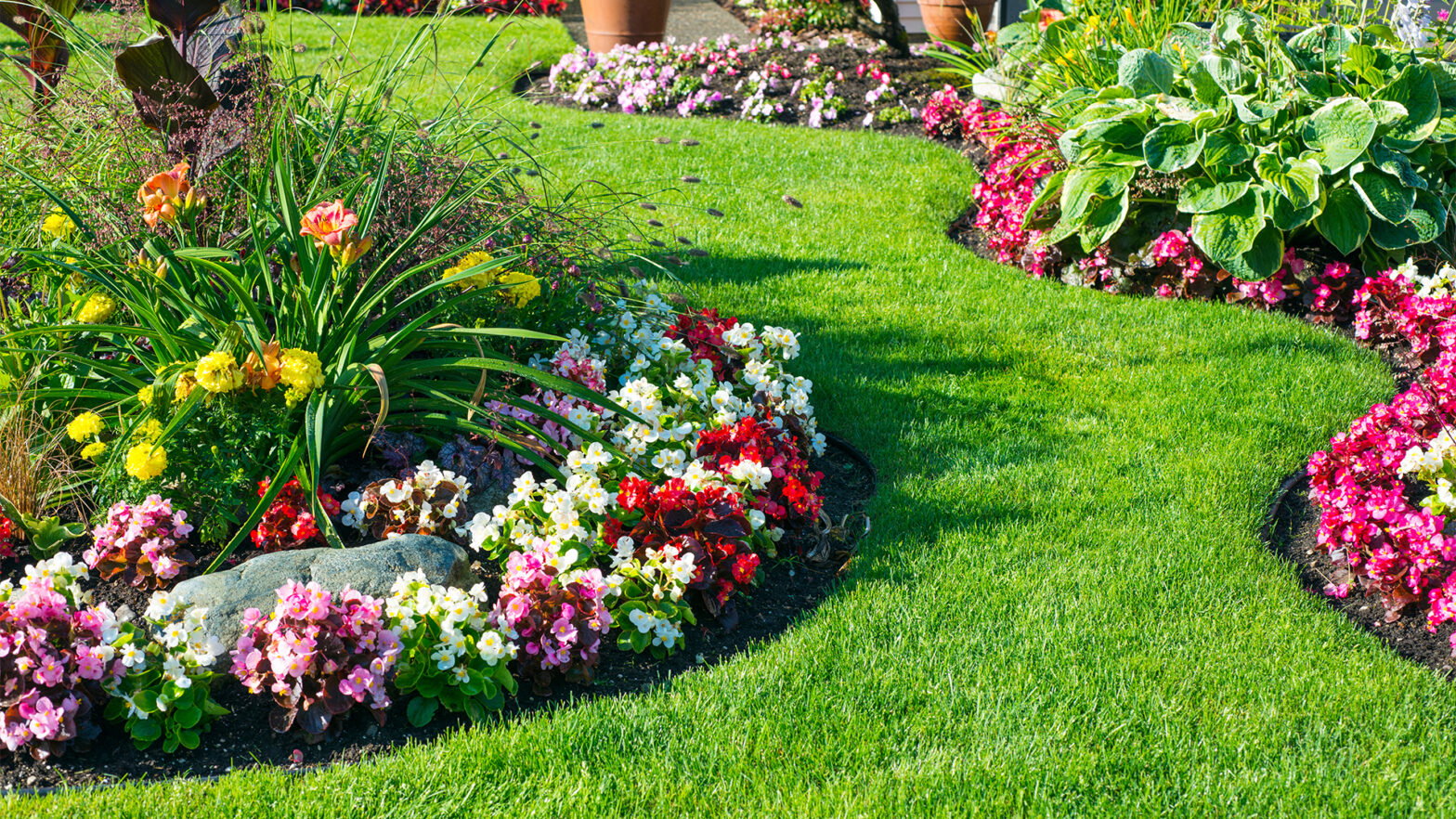Exploring the realm of advanced surface treatments reveals a fascinating intersection of functionality and aesthetics. The modern era has paved the way for the transformation of ordinary materials into stunning components that not only serve practical purposes but also elevate the visual appeal of any space.
This insightful exploration delves into the innovative techniques and applications that breathe new life into metallic surfaces. By leveraging cutting-edge technologies, these methods offer unparalleled protection and an extraordinary appearance, making them a favorite choice for designers and architects alike.
The versatility of these refined finishes allows for endless possibilities in various industries, from architectural design to interior decor. Understanding their properties, benefits, and potential applications will inspire creativity and provide valuable insights into making informed choices for your next project.
Understanding PVD Coating Technology
The process of enhancing material properties through innovative methods has gained significant traction in recent years. This technique involves the application of thin layers to surfaces, providing both aesthetic appeal and functional advantages. PVD coated materials offer superior hardness and corrosion resistance, making them highly valuable in demanding industrial environments. By grasping the fundamentals of this cutting-edge technology, one can appreciate its role in various industries and its potential to transform ordinary materials into extraordinary designs.
This method offers numerous benefits, including:
- Improved durability and wear resistance
- Enhanced decorative qualities
- Corrosion resistance for extended lifespan
- Versatile application across different types of materials
The essence of this advanced process lies in its vacuum system, where various metals are vaporized and deposited as a thin film onto the target surface. The controlled environment ensures uniformity and adhesion, resulting in a robust finish. Understanding the workings of this technology reveals the intricate balance between science and design.
Key components of this technique include:
- Vaporization of the source material
- Transport of vapor to the substrate
- Condensation and bonding to create a cohesive layer
By employing this sophisticated approach, manufacturers are able to produce visually appealing finishes that not only enhance the appearance but also improve the performance of the treated items. As the technology continues to evolve, it paves the way for new possibilities in various sectors, from architecture to automotive design.
Benefits of Decorative Stainless Steel Finishes
The application of various finishes on metal surfaces offers not only aesthetic enhancement but also significant functional advantages. Decorative stainless steel is particularly valued for its ability to combine modern style with durability, making it a popular choice in both residential and commercial settings. These treatments have become increasingly popular in both residential and commercial settings due to their exceptional characteristics and versatility.
Visual Appeal
One of the primary advantages of these enhanced metallic finishes is their striking visual appeal. The ability to impart different textures and colors allows designers and architects to achieve unique looks that elevate the overall ambiance of a space. Key points include:
- Wide range of colors and shades available.
- Ability to mimic other materials, such as brass or copper.
- Customizable finishes that cater to specific design needs.
Durability and Maintenance
In addition to aesthetics, these treated surfaces provide excellent durability, making them ideal for various applications. Their resilience against common wear and tear contributes to lower maintenance costs. Benefits include:
- Resistance to tarnishing, scratching, and corrosion.
- Easy cleaning and upkeep.
- Longevity, reducing the need for frequent replacements.
Applications in Modern Architecture and Design
In contemporary architecture and interior design, the use of advanced finishing technologies has transformed the way we perceive and utilize materials. These innovative methods provide not only aesthetic appeal but also enhance functionality, durability, and sustainability. As a result, they have become increasingly popular across various sectors, including residential, commercial, and industrial spaces.
Architects and designers are now embracing these distinctive finishes to create striking visual elements that complement different architectural styles. This fusion of form and function enables the design of spaces that are both visually captivating and practical, fostering an engaging environment for occupants.
| Application Area | Benefits |
| Building Facades | Enhances visual appeal, provides weather resistance |
| Interior Fixtures | Adds elegance, easy maintenance |
| Furniture Design | Increases durability, modern aesthetic |
| Lifestyle Products | Variety of colors, unique textures |
The integration of these techniques into modern design not only reflects current trends but also paves the way for innovative approaches to space utilization and aesthetic expression. The versatility of these materials allows architects to explore numerous design possibilities, resulting in signature looks that stand out in urban landscapes.
































